Colors are powerful in fashion. They affect how others see you. They also affect how you see yourself. Your Colours can make you look fresh and bright. The wrong color can make you look tired or dull. Learning about colors helps you dress better. You don’t need many clothes. You just need to mix them in the right way. This guide will teach you how to find your best colors and how to wear them. In this article, you will learn:
- Why color matters in fashion
- How to find your best colors
- How to mix and match colors in your outfits
- Tips to avoid common color mistakes
We will keep things simple and easy to understand.
Why Color Matters in Fashion
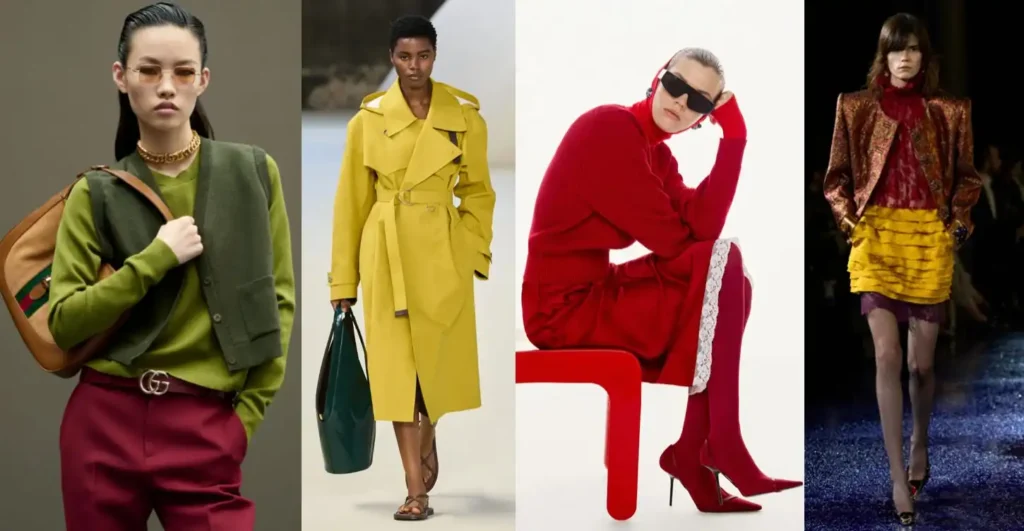
Color is more than just something you wear. It’s a tool. It can shape how you look and feel. It can also change how others see you. Let’s break this down in a simple way.
✅ 1. Color Affects Mood

Every color sends a message. This message can change how you feel without you even realizing it.
Bright Colors
- Yellow brings energy. It feels cheerful, like sunshine.
- Orange feels exciting and full of life.
- Red is bold. It shows strength and passion.
These colors make you feel more active and positive. That’s why people wear them on days when they want to stand out or feel more confident.
Cool Colors
- Blue feels calm. It reminds people of the sky and water.
- Green is peaceful. It feels fresh and natural.
- Purple can feel gentle or royal, depending on how deep the shade is.
Cool colors help you feel relaxed and peaceful. They are good for days when you want to feel calm and collected.
Neutral Colors
- Black feels powerful. It’s also safe and classic.
- White feels clean and pure.
- Gray feels soft, smart, and quiet.
- Brown feels natural and warm.
Neutrals don’t show strong emotion, but they are good to balance with other colors.
✅ 2. Color Affects Your Appearance

Some colors can make your skin glow. Others can make you look pale or tired. This is why knowing what colors suit you is so important.
For example:
- If you have a warm skin tone, wearing a cool color like icy blue can make your skin look dull.
- But if you wear a warm color like peach, your skin may look brighter and healthier.
Colors also change how big or small something looks. Darker colors (like black and navy) make you look thinner. Lighter colors (like white or pastel yellow) can make an area look larger or softer.
✅ 3. Color Expresses Personality
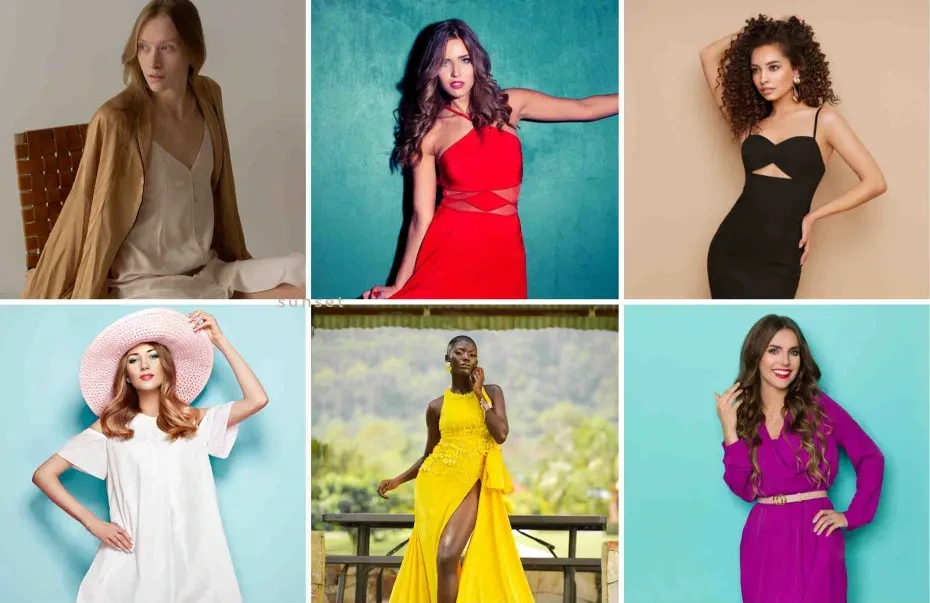
What you wear shows who you are. If you love wearing red, it may show that you are confident. wear soft pinks, it may mean you are gentle and kind. you wear a lot of black, it might mean you like simple and classic things.
You don’t have to wear loud colors to express yourself. Even choosing the right shade of beige or grey can say something about your taste.
Colors tell your story — without words.
How to Find Your Best Colors
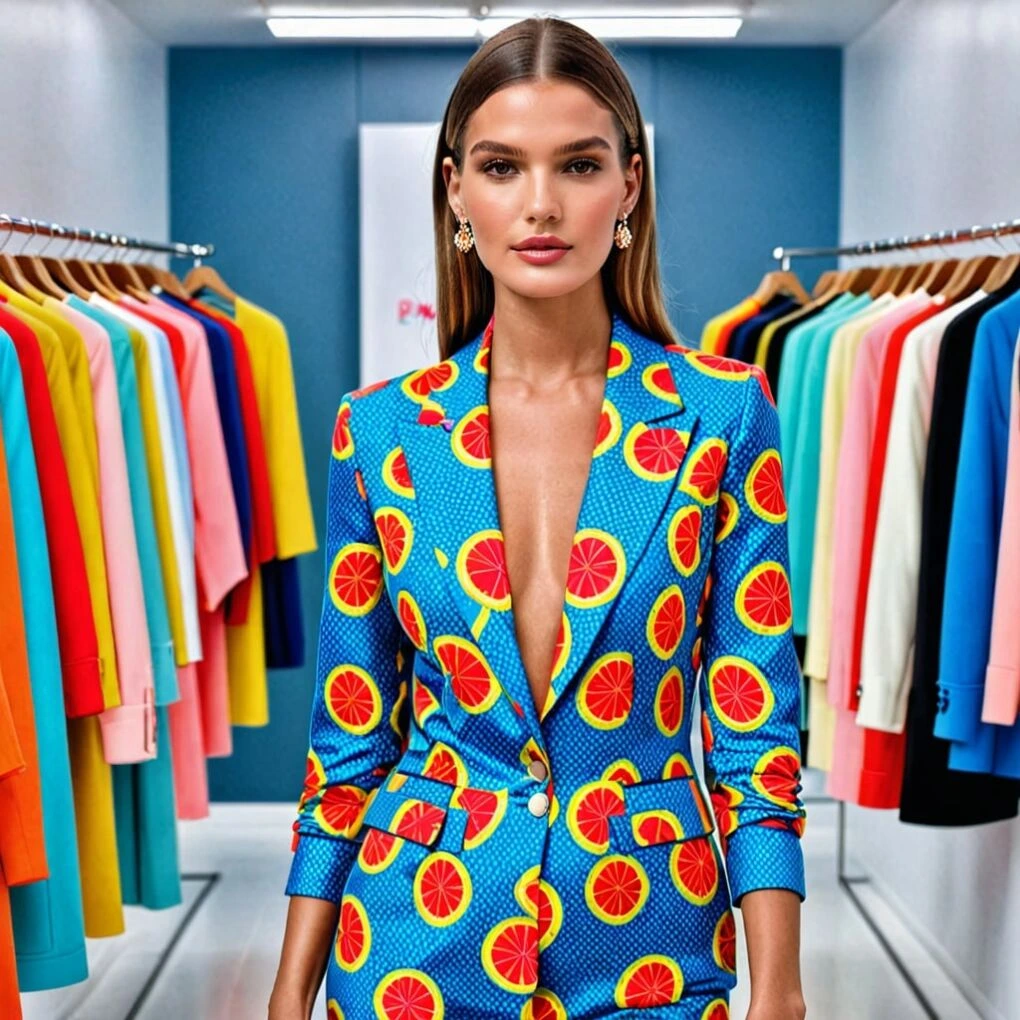
Not all colors work the same for everyone. You might love a color, but it may not make you look your best. That’s why learning which colors suit your skin tone and undertone is important.
Let’s go step-by-step.
✅ Step 1: Understand Skin Tone vs Undertone

These two things are different, but both matter:
- Skin tone is the surface color of your skin. It can change with sun exposure or skin care.
- Undertone is the color under your skin. It never changes.
Even if your skin is light or dark, your undertone stays the same. It is the key to choosing the right colors.
There are three undertone types:
- Warm undertone – yellow, peachy, or golden base
- Cool undertone – pink, red, or blue base
- Neutral undertone – a mix of both
✅ Step 2: Do the Vein Test

This is an easy way to find your undertone. Look at the veins on the inside of your wrist under natural light.
- Green veins → You have a warm undertone
- Blue or purple veins → You have a cool undertone
- Hard to tell or a mix → You have a neutral undertone
This is not a perfect test, but it gives you a good idea.
✅ Step 3: Try the Jewelry Test

Hold gold and silver jewelry (or fabric) next to your face. Look at which one makes your skin look brighter and healthier.
- Gold looks better → You have a warm undertone
- Silver looks better → You have a cool undertone
- Both look fine → You have a neutral undertone
Gold flatters warm skin. Silver flatters cool skin.
✅ Step 4: Check in Natural Light

Artificial lights (like bulbs or lamps) can change how colors look on your skin. Always check your color choices in natural sunlight. Stand near a window or go outside. If the color makes your skin glow and your eyes pop, it’s a good match.
✅ Step 5: Know Your Best Colors by Undertone
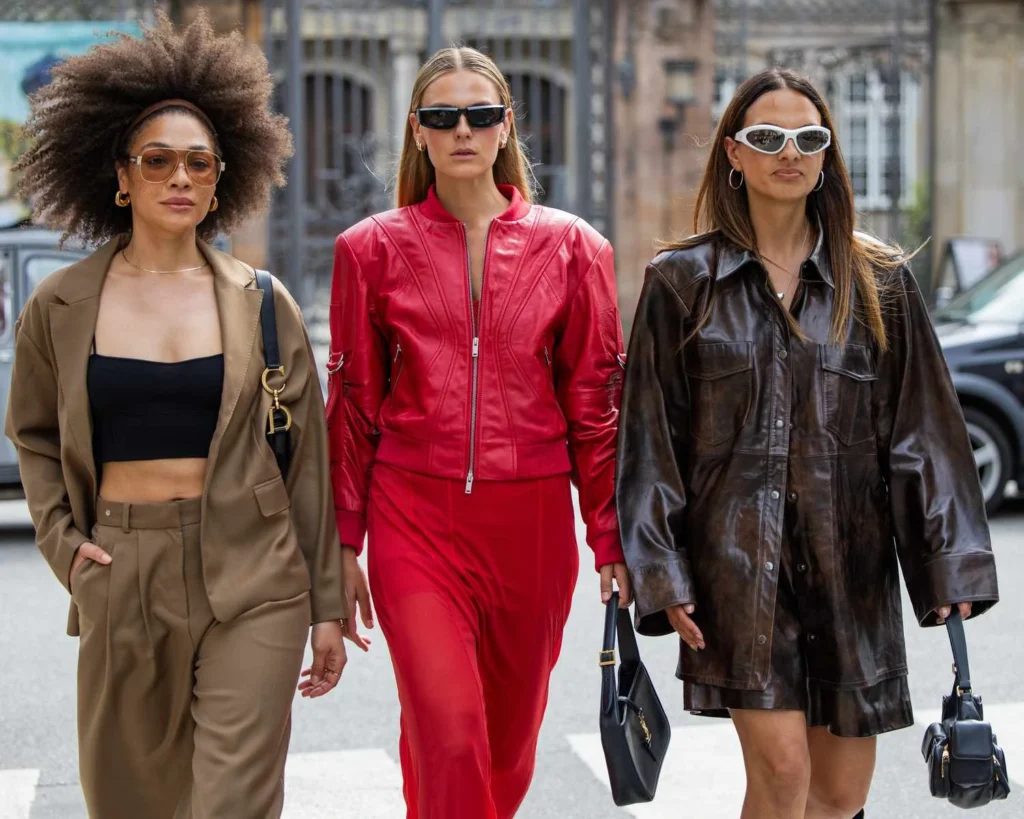
Now that you know your undertone, here are the color groups that suit you best.
🎨 Best Colors for Warm Undertones
You look best in warm, earthy, and rich colors.
- Good colors: mustard yellow, olive green, burnt orange, coral, cream, camel, brick red, gold
- Metallic: gold
Avoid icy or neon colors. They may clash with your warm skin.
🎨 Best Colors for Cool Undertones
You shine in cool, fresh, and jewel-toned colors.
- Good colors: royal blue, emerald green, plum, lavender, fuchsia, cool pinks, navy, white
- Metallic: silver
Avoid colors that are too yellow or orange, as they can make your skin look red.
🎨 Best Colors for Neutral Undertones
You are lucky! You can wear both warm and cool shades. But the best colors for you are soft, muted ones.
- Good colors: blush pink, jade green, light grey, soft peach, teal, dusty rose, taupe
Avoid overly bright or super dark shades. Stick to mid-tones for balance.
🎯 Bonus Tip: Try a “Color Draping” Test
You can try this at home. Take pieces of clothing in different colors. Hold them up near your face one by one (without makeup if possible). Look in the mirror and ask:
- Does my skin look clear or dull?
- Do my eyes pop or fade?
- Do I look fresh or tired?
Take notes on which colors make you look and feel better. These are your power colors.
How to Coordinate Colors in Outfits

Once you know which colors suit you, the next step is learning how to wear them together. This is called color coordination.
Many people wear the same colors every day because they are not sure what goes well together. But with a few easy rules, you can create many stylish looks using the clothes you already have.
Let’s take it step by step.
✅ 1. Use the Color Wheel
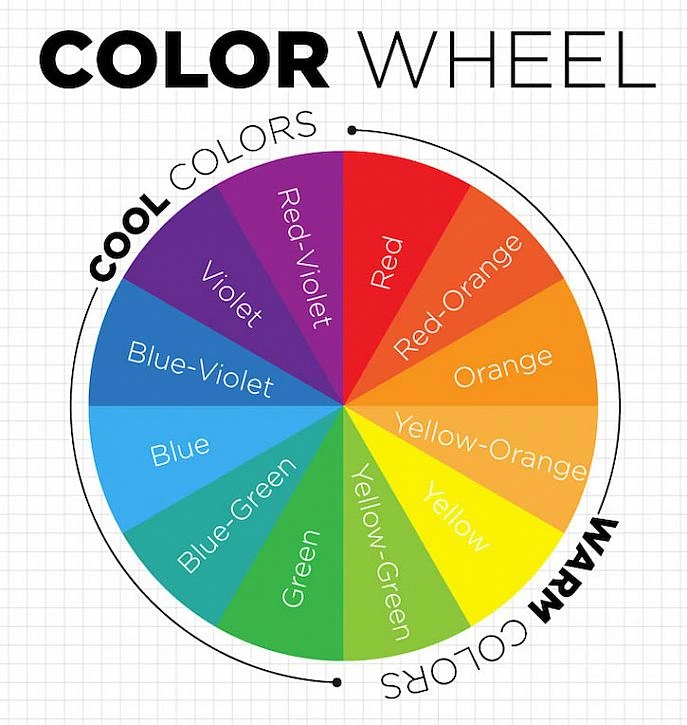
The color wheel is a simple tool that shows how colors relate to each other. It helps you mix colors in ways that look good.
There are three main types of color pairings:
a) Complementary Colors (Opposites)
- These are colors that sit opposite each other on the color wheel.
- Example: blue + orange, red + green, yellow + purple
- These combos create strong contrast and are bold.
- Use Tip: One color should be the main color. The second should be a pop (like in shoes or a scarf).
b) Analogous Colors (Next to Each Other)
- These are colors that sit side by side on the wheel.
- Example: blue + teal + green, red + orange + yellow
- These colors blend well and feel soft and calm.
- Use Tip: Great for layering soft tones or using the same color family.
c) Monochromatic Colors (Same Family)
- These are different shades of the same color.
- Example: light blue, medium blue, navy
- This creates a clean and elegant look.
- Use Tip: Add texture or pattern to make it more interesting.
✅ 2. Try the 60-30-10 Rule

This is a simple rule many fashion stylists use to create balanced outfits.
- 60% Main Color – This is the color that covers most of your outfit (e.g., pants or dress).
- 30% Secondary Color – This supports the main color (e.g., jacket or shirt).
- 10% Accent Color – This is a small pop of contrast (e.g., bag, belt, scarf, shoes).
Example Outfit:
- Navy jeans (60%)
- White shirt (30%)
- Red bag (10%)
This rule keeps your outfit from feeling too loud or too plain.
✅ 3. Understand Warm and Cool Pairings
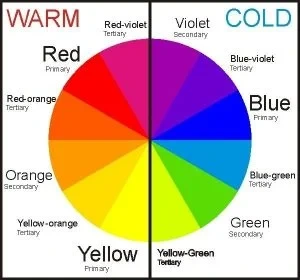
Once you know your undertone, it’s good to stay within your color family.
You Have a Warm Undertone:
- Use warm colors together: mustard, brown, burnt orange, olive, cream.
- These colors work naturally with each other.
If You Have a Cool Undertone:
- Use cool colors together: sky blue, mint, lavender, charcoal, white.
- They blend well and make your features stand out.
You’re Neutral:
- You can mix from both sides but still keep a soft base tone.
✅ 4. Neutrals: The Base of Every Outfit
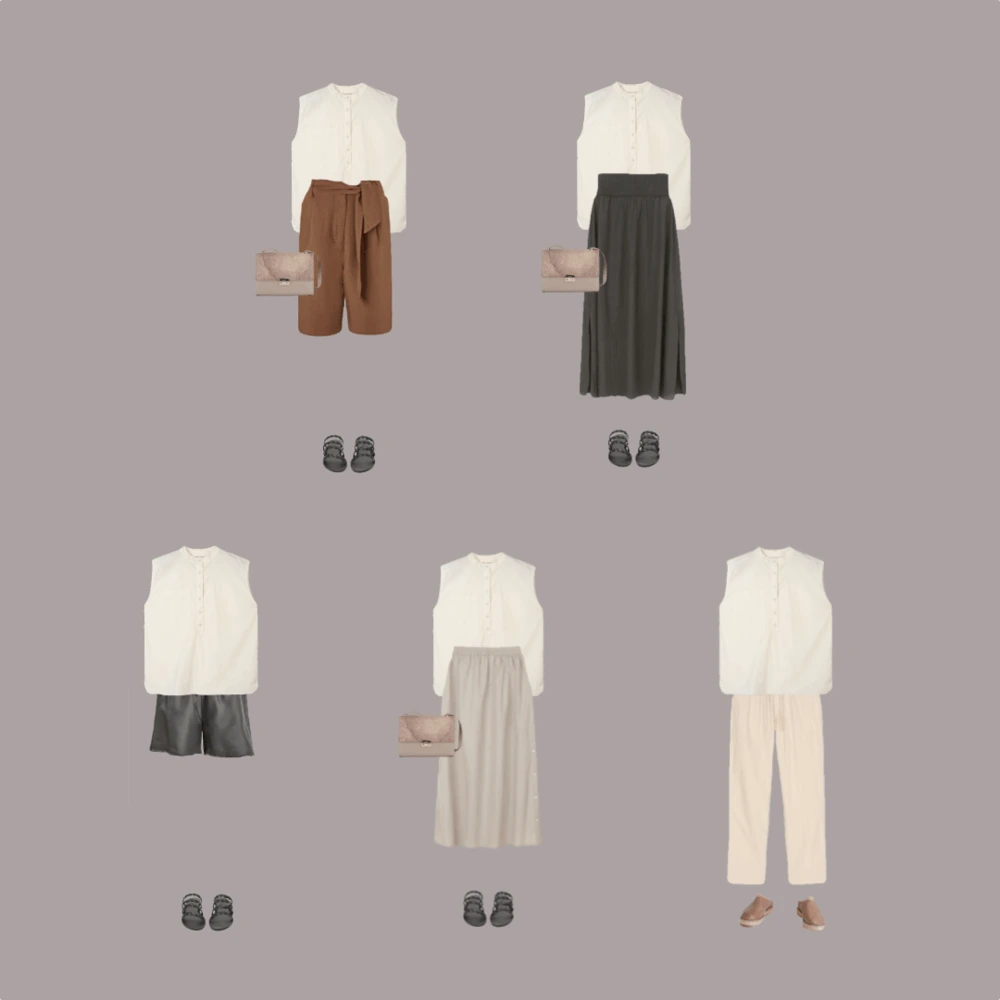
Neutrals are colors that match everything. They include:
- Black
- White
- Grey
- Beige
- Navy
- Brown
You can wear neutrals with each other or use them to balance bright colors. For example:
- Pair a bold red top with white pants.
- Match a green dress with beige shoes.
Neutrals help tone down bright colors and give your look structure.
✅ 5. Balance Bright and Dark Colors
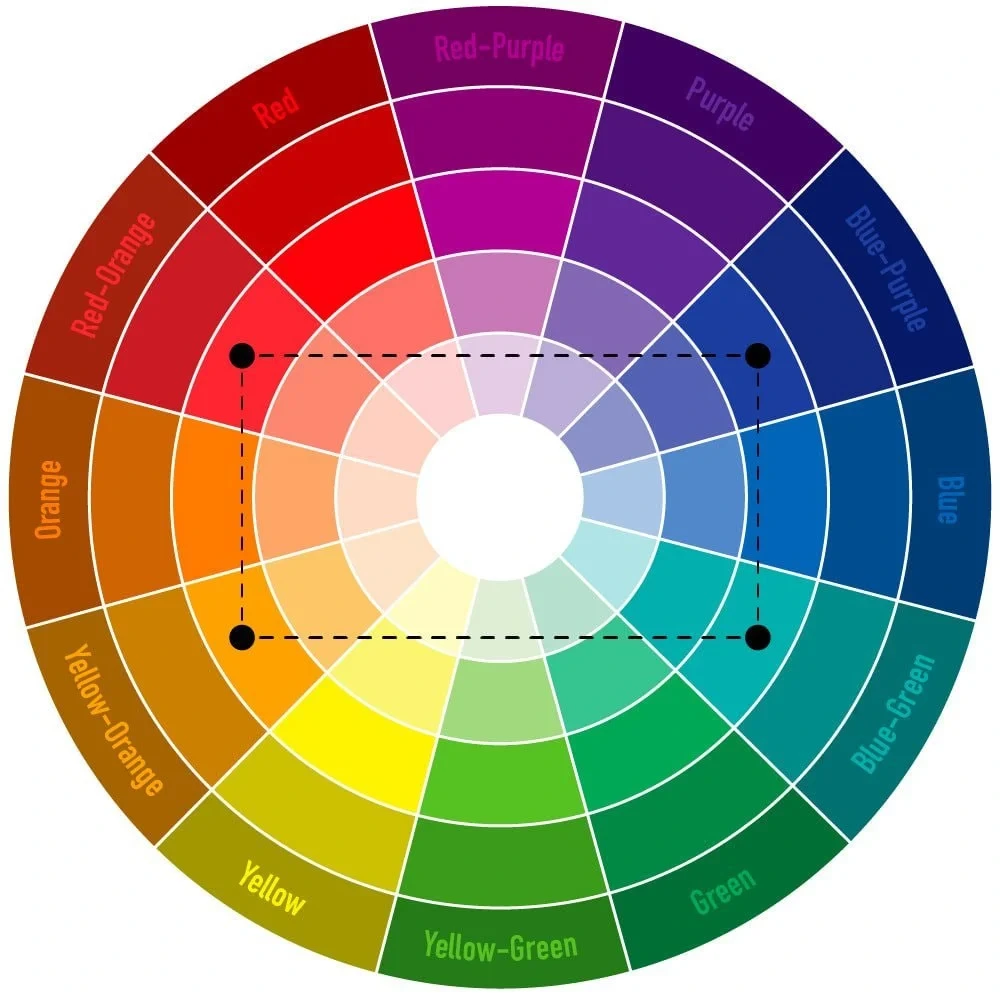
If you wear a bright color, try to balance it with something neutral or dark.
Examples:
- Bright yellow top + black pants
- Royal blue blazer + white tee + grey jeans
- Bold red dress + nude heels
Too many bright colors in one outfit can look loud or messy. Balance is key.
✅ 6. Patterns and Prints

Patterns (like stripes, florals, checks) also have colors. Here’s how to wear them right:
- Choose patterns in colors that suit your skin tone.
- Match one of the pattern’s colors with a solid piece.
- Example: floral top with pink, green, and white → pair it with green pants.
Let the pattern be the focus. Keep the rest of the outfit simple.
🧠 Bonus: Color Mood Ideas
Here are some popular color combinations based on the mood or vibe you want:
| Mood/Vibe | Color Combo Example |
|---|---|
| Calm and Clean | White + Beige + Sky Blue |
| Rich and Elegant | Black + Gold + Burgundy |
| Fun and Bright | Yellow + White + Coral |
| Romantic | Blush Pink + Cream + Brown |
| Classic | Navy + White + Tan |
| Bold and Trendy | Red + Black + White |
You can try these combinations using clothes, shoes, bags, or accessories.
Color Pairing Ideas
Now that you understand how the color wheel works, it’s time to see real outfit ideas based on color combinations. This section gives you ideas you can try with clothes you already own or plan to buy.
Let’s look at different types of color pairings with clear examples.
✅ 1. Complementary Color Outfits (Opposite Colors)

These outfits stand out. They are bold and eye-catching. Perfect for events, fashion photos, or when you want attention.
🔸 Example 1: Blue and Orange
- Outfit Idea: A royal blue dress + orange heels
- Balance tip: Add a neutral handbag (like beige or white)
Purple and Yellow
- Outfit Idea: Light yellow blouse + lavender pants
- Balance tip: Use soft shades if you want a less loud look
: Red and Green
- Outfit Idea: Olive green trousers + deep red sweater
- Balance tip: Try this in winter for a rich, warm feel
✅ 2. Analogous Color Outfits (Next-to-Each-Other Colors)

These outfits feel soft, smooth, and well-blended. They are easy on the eyes and very stylish.
🔸 Example 1: Blue, Teal, and Green
- Outfit Idea: Light teal skirt + navy top + green scarf
- Mood: Calm and natural
✅ 3. Monochrome Color Outfits (Same Color Family)
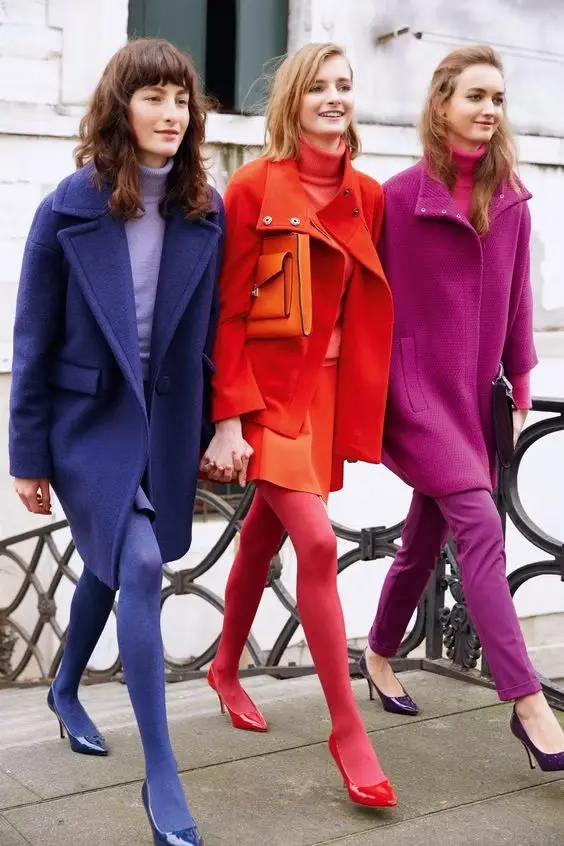
This gives a clean and modern look. It’s simple but very fashionable when done right.
Example 1: All Beige
- Outfit Idea: Cream trousers + tan shirt + beige trench coat
- Style Tip: Add gold jewelry for a soft glow
Example : Shades of Grey
- Outfit Idea: Light grey jeans + charcoal sweater + silver sneakers
- Style Tip: Use texture like wool, denim, or knit to keep it interesting
🔸 Example : Blue Tones
- Outfit Idea: Baby blue shirt + navy skirt + blue handbag
- Style Tip: Great for office or formal looks
✅ 4. Neutral + One Bright Color

This combo is the easiest and safest. The neutral keeps it clean. The pop color adds fun.
🔸 Example 1: White and Red
- Outfit Idea: White blouse + red pants + nude shoes
- Style Tip: A red lipstick adds the final touch
Example 2: Black and Yellow
- Outfit Idea: Black dress + yellow crossbody bag
- Style Tip: This works best when yellow is a small detail
Example 3: Grey and Pink
- Outfit Idea: Grey sweater + pastel pink skirt + grey boots
- Style Tip: Soft yet stylish for casual days
✅ 5. Fashion Forward Mixes (Trendy Looks)
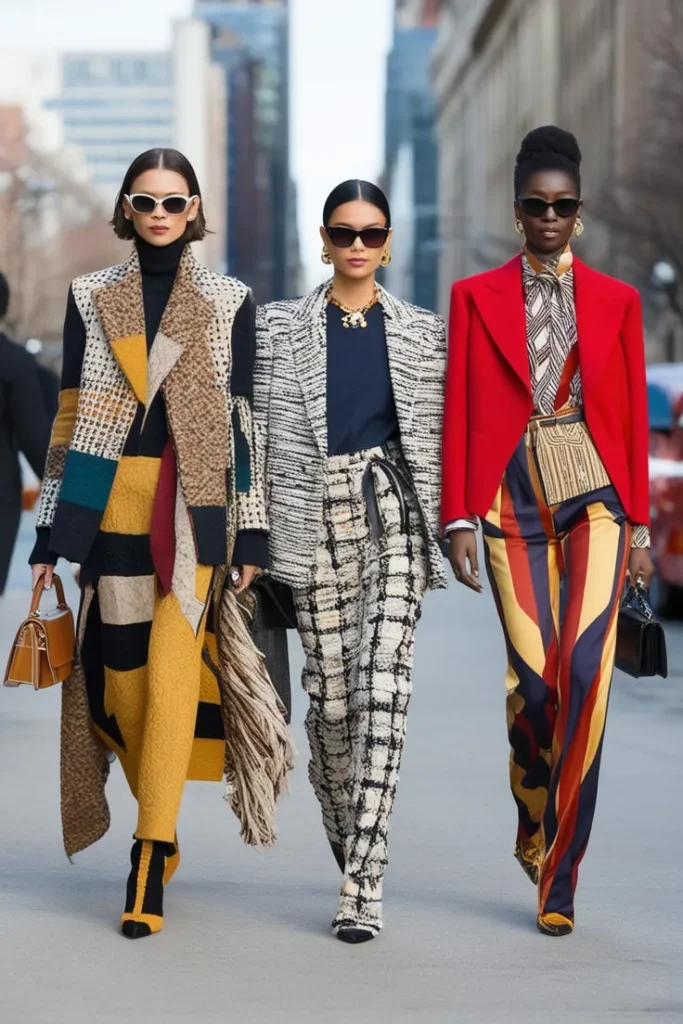
Try these combos if you want to be more bold and modern.
🔸 Green + Purple Brown + Blue
- Very stylish and rich looking
- Example: Emerald pants + lilac crop top
- Great for a classy but relaxed vibe
- Example: Brown trousers + light blue shirt
- Soft with a fun pop
- Example: Beige dress + neon green sandals
📝 Easy Tip Recap
| Type | Best For | Easy Example |
|---|---|---|
| Complementary Colors | Bold, Eye-Catching Looks | Blue dress + orange bag |
| Analogous Colors | Soft and Blended Outfits | Red top + orange skirt + yellow heels |
| Monochrome | Elegant, Clean Style | Beige outfit with different textures |
| Neutral + Bright | Everyday Chic | White outfit + red shoes |
| Fashion-Forward Mix | Trendy & Confident | Lilac top + green pants |
Common Color Mistakes and How to Fix Them
Even stylish people make color mistakes. Sometimes an outfit feels “off,” but you can’t explain why. Most of the time, the problem is color coordination.
Let’s look at the most common mistakes people make when choosing colors — and how you can avoid or fix them easily.
❌ Mistake 1: Wearing Too Many Bright Colors at Once
Wearing too many bold or neon colors in one outfit can look loud or messy. It’s hard for the eye to focus, and it can feel unbalanced.
🔧 How to Fix:
- Use the 60-30-10 rule. Make one color the focus, a second one for balance, and the third as a pop.
- Stick to one bright color and pair it with neutrals like black, white, beige, or grey.
Example Fix:
Instead of red top + yellow pants + blue bag, try:
Red top (main color) + white pants (neutral) + black shoes (accent).
❌ Mistake 2: Ignoring Neutrals
Many people focus only on bright or trendy colors. But neutrals are essential. They balance your outfit and help Your Colours pop.
🔧 How to Fix:
- Use neutrals as your base (pants, outerwear, tops).
- Pair one bold color with two neutrals.
- Keep a few neutral staples in your closet (like a beige coat, white shirt, black trousers).
Example Fix:
Pair a bold green shirt with beige trousers and white sneakers instead of adding Your Colours.
🧠 Pro Tip: Take Photos of Your Outfits
Sometimes mirrors lie! Take photos of your outfits in natural light. This helps you see if Your Colours are working together. Over time, you’ll learn what combinations work best for you.
🌿 Seasonal Color Tips
Your Colours coordination isn’t just about personal style or undertones. The seasons also play a big role in how we choose colors for our outfits. Different seasons bring out different vibes and moods, so adjusting Your Colours palette based on the time of year helps keep your wardrobe fresh, balanced, and in sync with nature.
Let’s break it down by each season and see which colors work best.
✅ Spring Colors
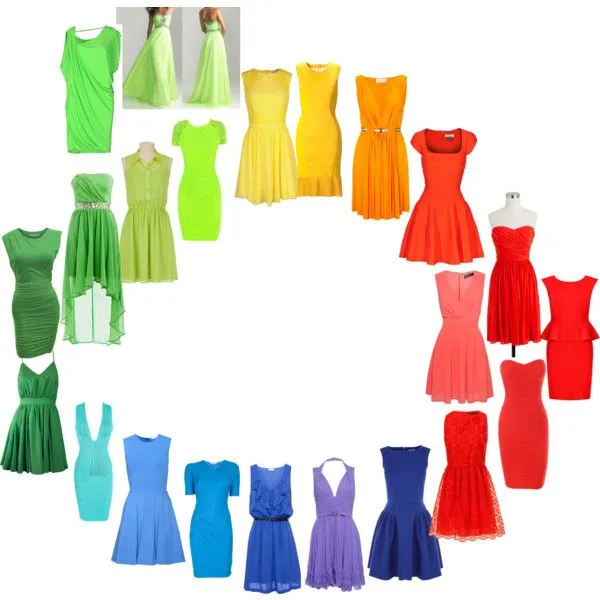
Spring is all about freshness, lightness, and new beginnings. The weather starts warming up, flowers bloom, and everything feels brighter. The best colors for spring are light, soft, and pastel shades.
🌸 Ideal Colors for Spring:
- Pastels: Light pink, lavender, mint green, baby blue, soft peach
- Floral Tones: Soft yellow, soft coral, sky blue, lilac
- Neutral Options: Light grey, cream, beige
🌷 Why These Colors Work:
Spring’s gentle, fresh air calls for lighter hues. These colors are soft on the eyes and mimic the newness of the season. Pastels feel uplifting and vibrant without being overwhelming.
👗 Spring Outfit Example:
- Mint green blouse + white skirt + beige sandals
- Lavender dress + soft pink cardigan + nude shoes
✅ Summer Colors

Summer brings heat, energy, and a sense of freedom. As the sun shines brighter and days get longer, you’ll want to embrace bold, bright, and vibrant colors that match the lively energy of the season.
☀️ Ideal Colors for Summer:
- Bright and Bold: Electric blue, hot pink, bright yellow, turquoise, vibrant orange
- Neutrals with a Pop: White, tan, coral, silver
- Tropical Hues: Palm green, ocean blue, mango yellow, flamingo pink
🏖️ Why These Colors Work:
Summer’s warmth calls for colors that stand out and reflect the sun. Your Colours make a statement and look great in the summer light. They give an energetic, fun vibe to your wardrobe.
👗 Summer Outfit Example:
- Hot pink tank top + white shorts + turquoise sandals
- Electric blue dress + silver heels + bold yellow clutch
✅ Fall Colors
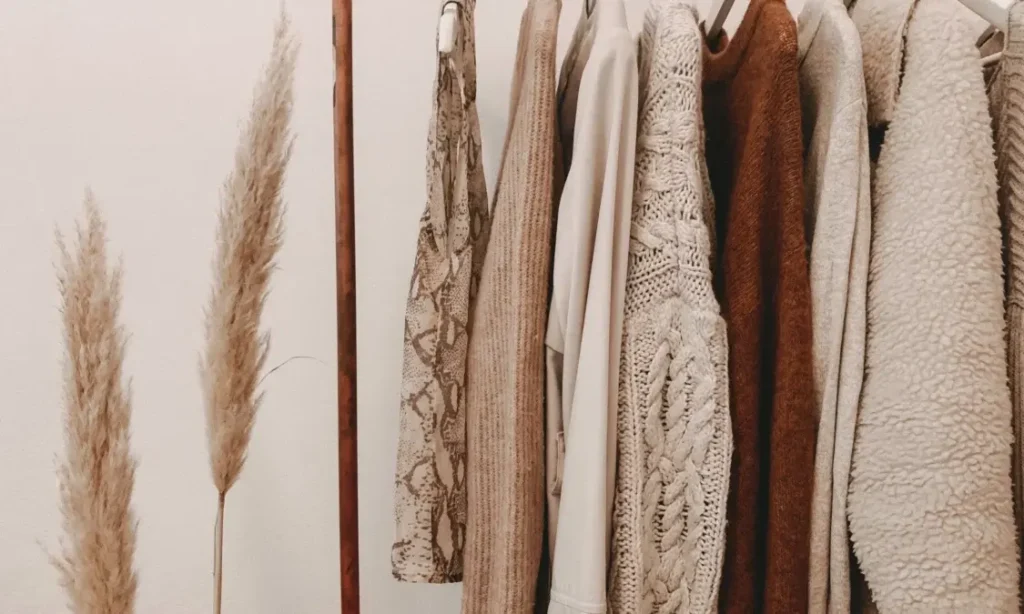
Fall is all about warmth, coziness, and natural beauty. The season brings cooler weather, falling leaves, and a transition to earthier, richer tones. Colors for fall tend to be deep, muted, and warm.
🍂 Ideal Colors for Fall:
- Earthy Tones: Olive green, rust, mustard yellow, burnt orange, terracotta
- Warm Neutrals: Chocolate brown, deep burgundy, camel, tan
- Rich Hues: Dark purple, navy, forest green
🍁 Why These Colors Work:
Fall’s cozy vibes are perfect for rich, muted colors that match the natural world around us. These tones feel grounded and sophisticated, perfect for the season’s transition to cooler temperatures.
👗 Fall Outfit Example:
- Burnt orange sweater + dark jeans + brown boots
- Deep burgundy scarf + camel coat + tan pants
✅ Winter Colors
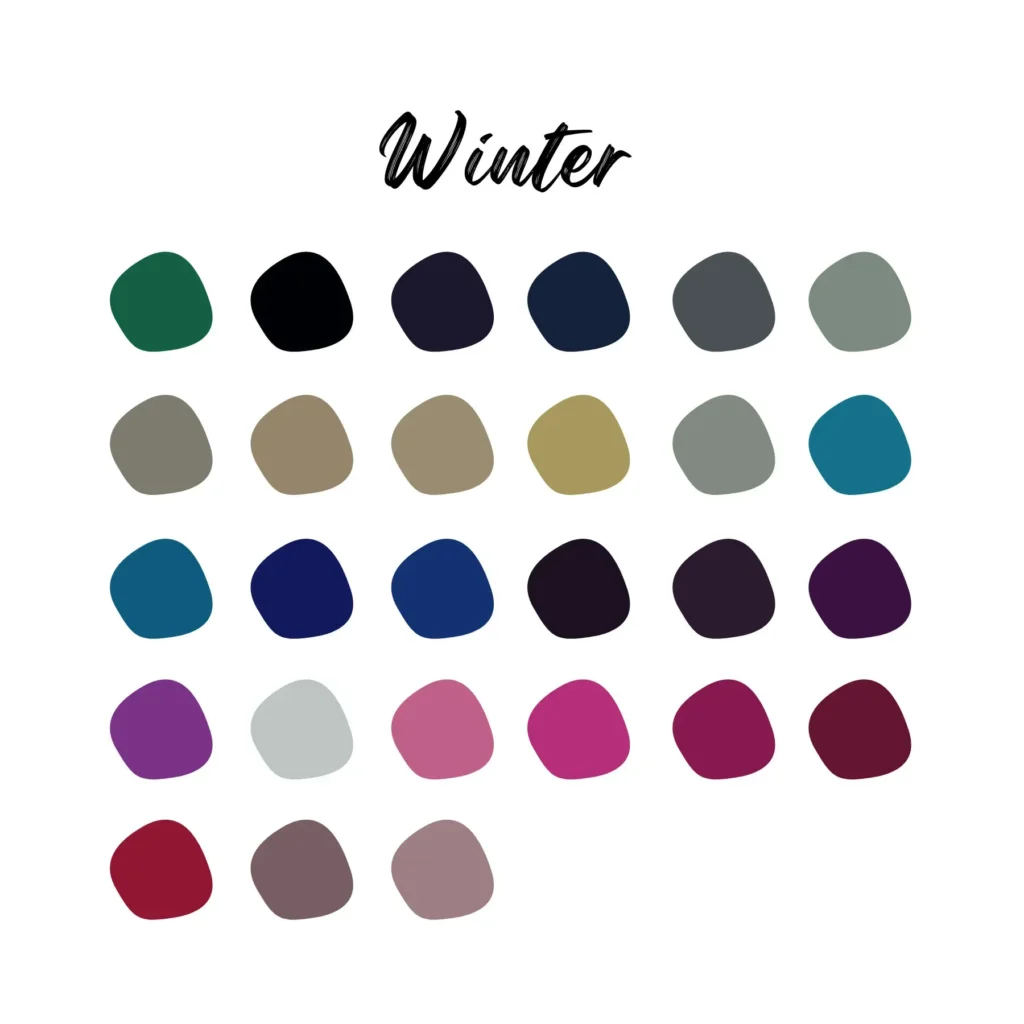
Winter is all about elegance, strength, and depth. The cold, dark days call for cool, crisp, and darker tones that reflect the winter landscape. The season embraces both deep tones and shimmering metallics.
❄️ Ideal Colors for Winter:
- Cool Tones: Ice blue, charcoal grey, deep navy, emerald green, jewel tones (ruby, amethyst, sapphire)
- Metallics: Silver, gold, platinum
- Dark Neutrals: Black, dark grey, winter white, rich brown
🌨️ Why These Colors Work:
Winter’s crisp, clean air and the cold, snowy backdrop make deep, cool colors stand out. These shades create an elegant and strong look, perfect for the season’s more formal or reserved vibes. Metallics add a festive touch for the holiday season.
👗 Winter Outfit Example:
- Black turtleneck + emerald green skirt + silver boots
- Deep navy coat + charcoal grey pants + gold accessories
🧥 Transitioning Between Seasons
Sometimes, the weather doesn’t fit neatly into one season. You can mix seasonal colors in the shoulder seasons like early fall or late spring when the temperatures fluctuate.
🌤️ Early Fall or Late Spring:
- Layering: Use light layers in spring colors but add fall neutrals (like a light blue shirt with a brown cardigan).
- Textures: Incorporate fabrics like denim or light wool to transition smoothly between seasons.
🌙 Example of a Seasonal Transition Outfit:
- Light pink blouse + dark jeans + brown jacket
- Soft grey sweater + olive pants + tan boots
🧠 Bonus Tip: Matching Color with Mood
While seasonal colors are a guide, always consider your mood and occasion. You might feel more confident in bright colors in the summer or in more muted tones in the fall. The colors you choose can also affect your energy and how others perceive you. For example, red is powerful and bold, while blue can be calm and trustworthy.
How to Maintain a Color-Coordinated Wardrobe
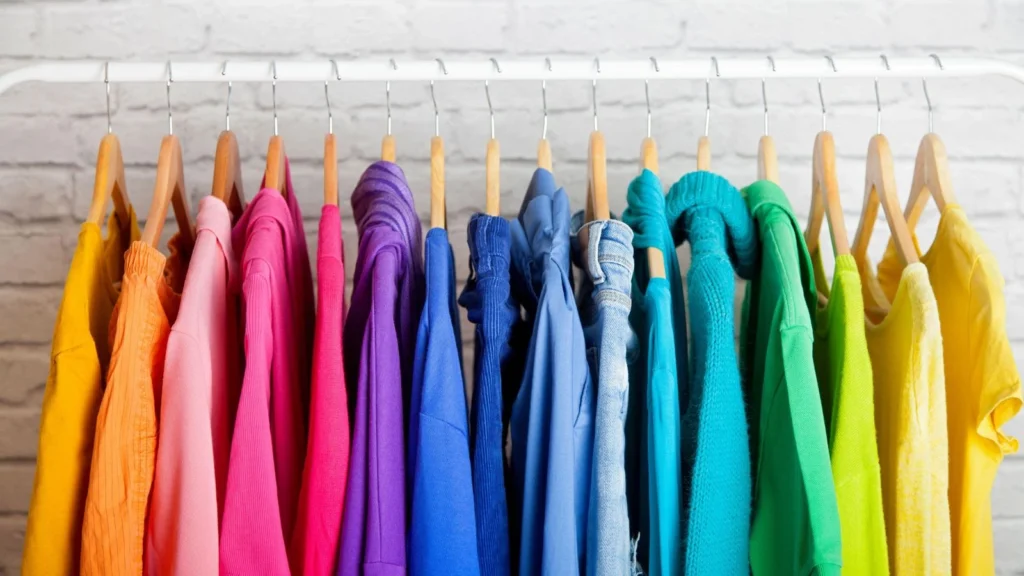
Once you’ve mastered the art of color coordination and learned how to experiment with different color combinations, the next step is maintaining a wardrobe that’s organized, easy to navigate, and long-lasting. Here’s how you can keep Your Colours-coordinated wardrobe fresh, functional, and stylish all year long.
✅ 1. Start with a Neutral Foundation

A well-coordinated wardrobe begins with neutral-colored basics. Neutrals are timeless, versatile, and easy to mix with Your Colours. By focusing on neutral shades first, you create a strong foundation for your wardrobe that can be easily paired with any other colors you choose.
🌟 Neutral Colors to Focus On:
- Black: The ultimate classic color.
- White: Fresh and clean.
- Grey: A soft and elegant neutral.
- Beige: Warm and adaptable.
- Navy: Dark but softer than black.
🧥 How to Maintain:
- Buy key wardrobe staples like neutral-colored jackets, pants, shirts, and skirts. These can serve as the base for any outfit.
- Replace worn-out neutral pieces first. For example, if your black pants are starting to fade, get a new pair to keep the foundation strong.
✅ 2. Regularly Edit Your Wardrobe
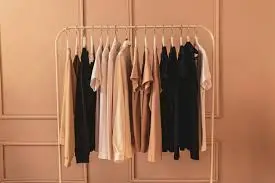
A well-maintained wardrobe is organized. Keeping track of the colors you wear most often helps you avoid buying duplicates or colors that don’t work with your wardrobe.
🧹 How to Edit Your Wardrobe:
- Sort by color: Organize your clothes in your closet by Your Colours, so you can see at a glance which Your Colours you already have plenty of and which ones you need to add.
- Declutter regularly: Once a season, go through your clothes and get rid of items that no longer fit, are out of style, or have worn out.
🔄 Tip:
- Rotate seasonal items: Store away heavy winter items during summer and lighter pieces during winter to keep the wardrobe manageable.
✅ 3. Invest in Quality, Timeless Pieces
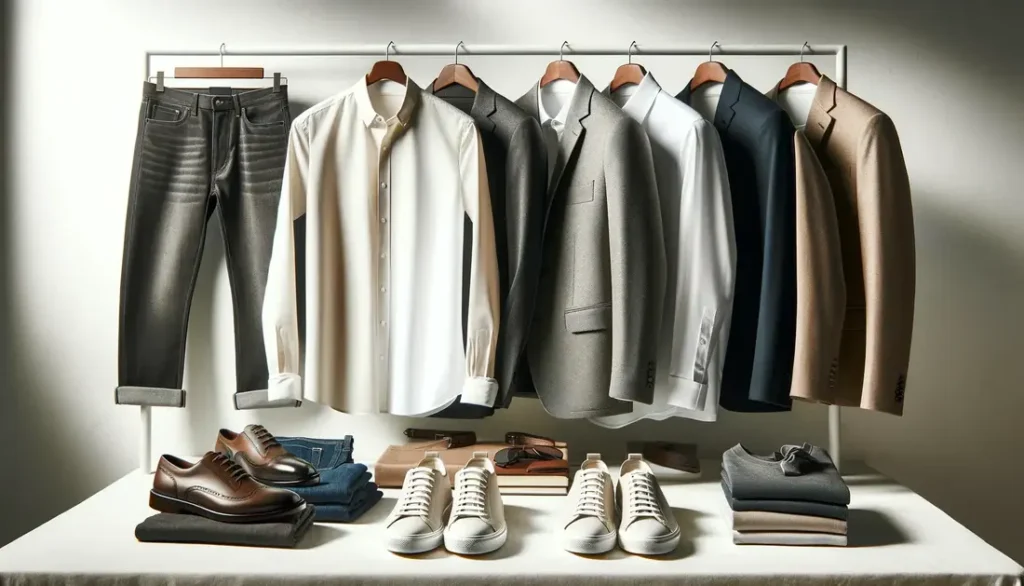
When building your wardrobe, focus on quality over quantity. Well-made clothes last longer and maintain their color and shape, meaning you don’t need to replace them often.
🧵 How to Invest in Quality:
- Buy fewer but better pieces: Look for clothes made with durable fabrics like wool, cotton, silk, and linen. These fabrics hold color better over time.
- Avoid trends that fade quickly: Stick with classic styles and Your Colours that won’t go out of fashion too soon.
🌟 Tip:
- Buy quality outerwear, like a great coat or jacket in a neutral color. These pieces can be worn every season and match nearly every outfit.
✅ 4. Proper Care and Maintenance
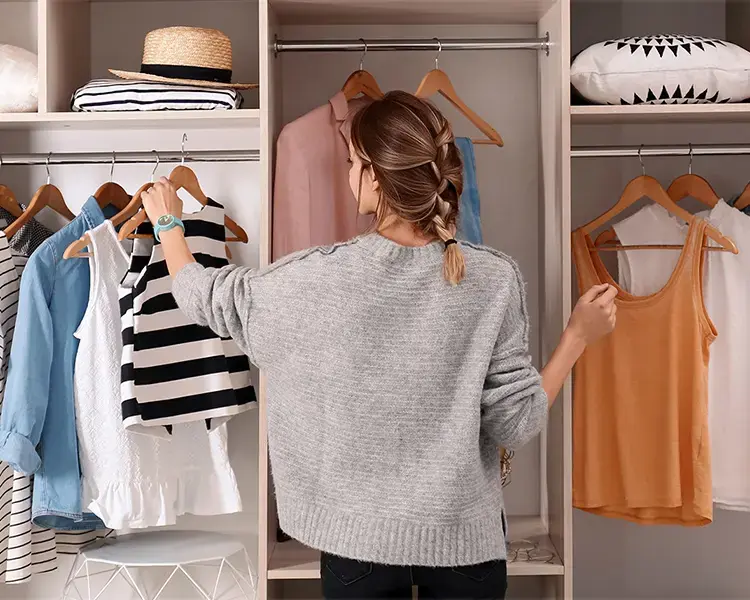
To keep your clothes looking fresh and well-coordinated, proper care is essential. Each fabric requires different care instructions, and colors need extra attention to stay vibrant.
🧼 How to Care for Your Clothes:
- Follow washing instructions: Always check care labels and avoid using hot water, which can cause colors to fade.
- Sort by color: When washing, always separate dark colors from light ones to prevent any bleeding.
- Use color-safe detergent: This helps maintain vibrant hues and prevent fading.
🌟 Tip:
- Dry clean delicate items to preserve their color and texture, especially fabrics like silk, wool, and cashmere.
✅ 5. Create Color Combos Ahead of Time
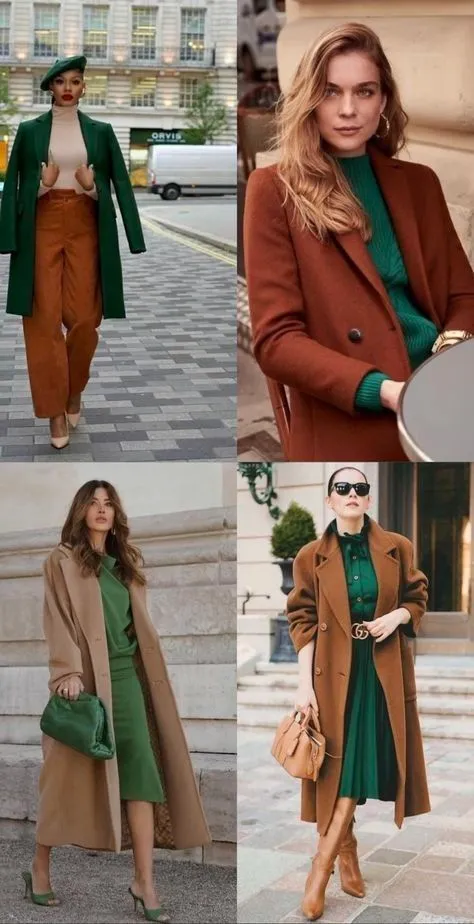
One of the best ways to maintain a color-coordinated wardrobe is to plan out outfits in advance. This helps you avoid impulse buys that don’t fit the overall color scheme of your wardrobe.
📝 How to Plan Your Outfits:
- Create a lookbook: Use your phone or a physical notebook to store pictures of outfits that work well together.
- Mix and match: Once you have a strong base of colors, experiment by combining pieces to create multiple looks with the same items.
🌟 Tip:
- Set aside a day each month to plan out outfits for the upcoming weeks. This helps you get the most out of your wardrobe and avoid repetitive combinations.
✅ 6. Keep Up with Color Trends (In Moderation)
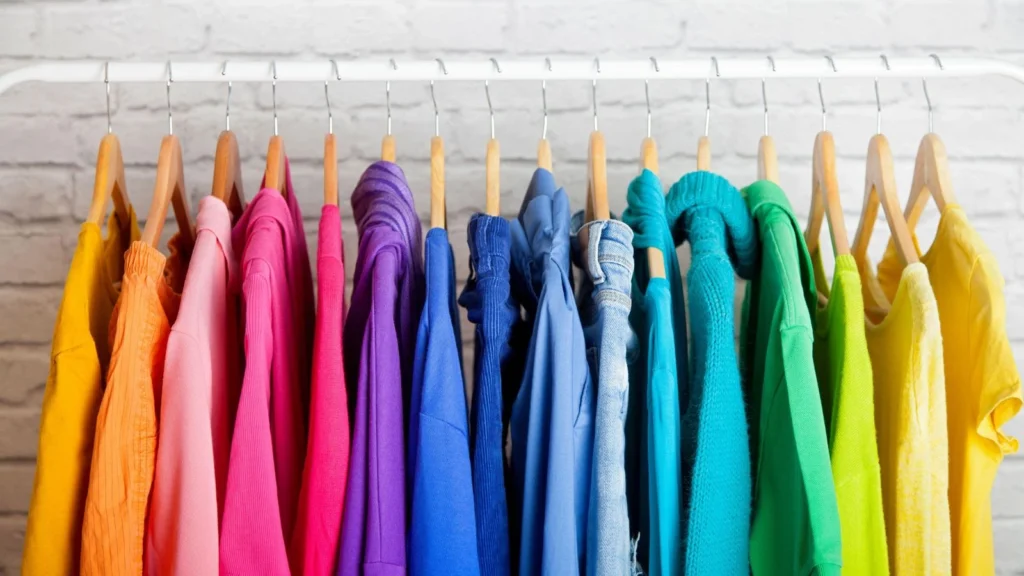
While classic Your Colours should form the core of your wardrobe, it’s also fun to stay up-to-date with color trends. Incorporating trendy colors can give your wardrobe a modern and fresh feel.
🎨 How to Incorporate Trends:
- Add small accessories in trending colors (e.g., scarves, bags, jewelry).
- Experiment with bold color combos for fun outfits that stand out.
🌟 Tip:
- Don’t go overboard with trendy colors. Invest in a few small pieces (like a handbag or pair of shoes) and pair them with your core colors to stay stylish without overcrowding your closet.
✅ 7. Consider the Season and Occasion
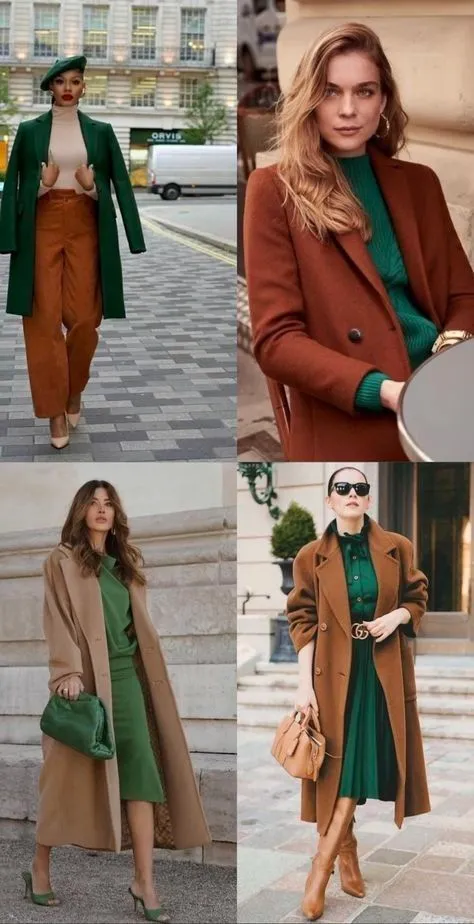
It’s essential to adapt your wardrobe to both seasonal color trends and specific occasions. Seasonal colors help you stay in tune with the environment, while occasion-specific outfits ensure you look appropriate and stylish.
🏷️ How to Adapt:
- For formal events, stick with dark, elegant colors like navy, black, or jewel tones.
- For casual outings, experiment with brighter colors and patterns.
- In summer, use lighter tones and pastels, while in winter, focus on deeper, more sophisticated hues.
🌟 Tip:
- Keep a few key occasion-specific items in your wardrobe (e.g., a little black dress, a navy blazer, a white button-up shirt) to be prepared for events without stressing about colors.
🧠 Final Thoughts on Maintaining a Color-Coordinated Wardrobe
Maintaining a color-coordinated wardrobe is all about organization, quality, and care. Focus on neutral foundations, regularly edit your closet, invest in timeless pieces, and properly care for your clothes. With these tips, you’ll have a wardrobe that’s easy to manage, stylish, and coordinated with Your Colours all year long.

